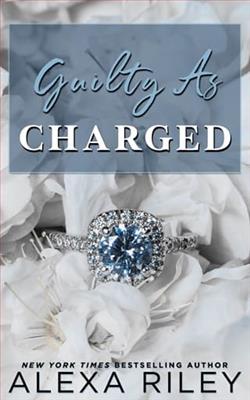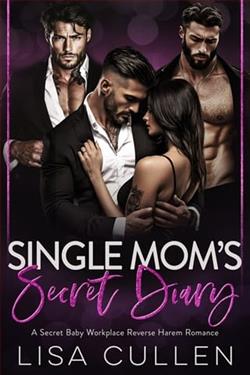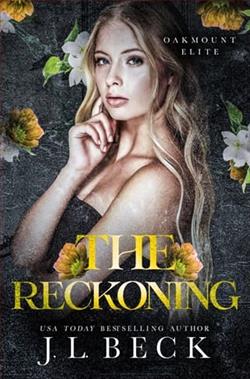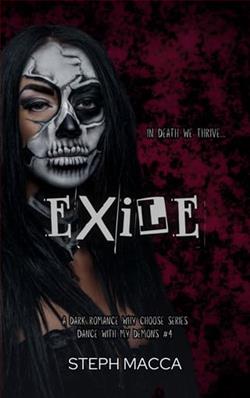Page 140 of Buried in Blood
Some are moving.
Most are not.
I don’t hesitate. I grab the first man I see—a groomsman, a friend from college, unconscious but breathing—and drag him clear of the debris. His leg is twisted at the wrong angle. I don’t have time to fix it. I just keep pulling.
Another woman crawls from the smoking arbor, dress torn, eyes wide. She’s sobbing. Hysterical. But alive.
“Go,” I bark. “That way—there’s help down the hill. Go now!”
She stumbles off as I turn back toward the hellfire.
I find two more.
A man is pinned beneath a broken table, his hands shaking from shock. A young girl with a gash across her forehead, staring up at the sky like she thinks this is how her life ends.
Not today.
Ilift. I carry. I drag.
Until my lungs ache.
Until I can’t see through the smoke.
Until my knees buckle and I land hard in the rubble.
Sirens wail in the distance.
Finally.
I stagger up the hill and meet the squad cars halfway. Red and blue lights flicker against the blood on my hands, painting it purple in the haze.
They shout questions.
I give names.
“Lucien Crowe. Groom. Yes, I lived. Yes, I saw. No, I don’t know how many are dead. Yes, the bombs were planted. Yes, I know who did it.”
They ask who.
I give the name like a curse.
“Damien Crowe.”
They look at each other.
“Your brother?”
“He stopped being my brother a long time ago.”
Paramedics flood the scene. I watch them work, watch them count the lost and cradle the barely-living, and I know this will be national news by morning.
A wedding turned mass casualty.
Blood on the veil.
I give my full statement.
I show them the placements, the points of impact, the carnage.















